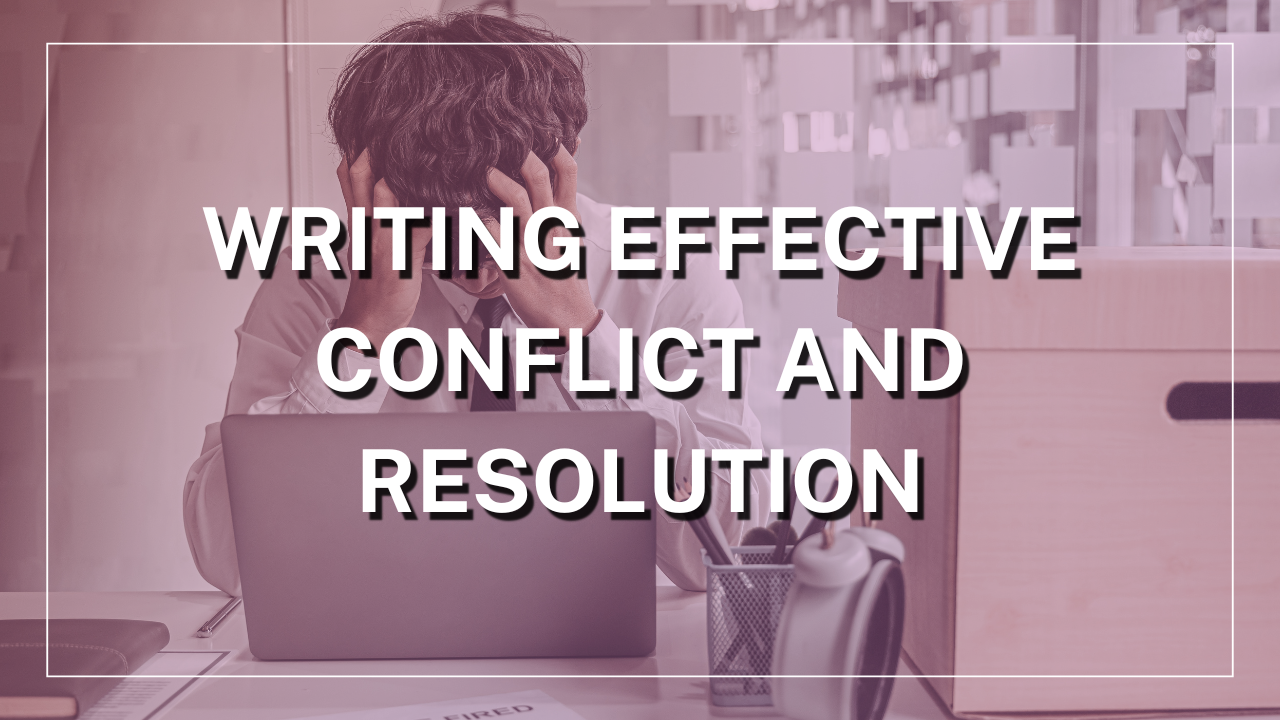Conflict and resolution are the heartbeats of any compelling narrative. They drive the plot, develop characters, and keep readers invested. To master this critical aspect of storytelling, here are five tips, illustrated with examples from literature.
1. Ground Conflict in Characters’ Desires
Effective conflict arises naturally from characters’ desires. Define your characters’ desires clearly. Outline what each character wants and how these desires conflict with each other. This approach will create organic and engaging conflict.
Example: “Pride and Prejudice” by Jane Austen Elizabeth Bennet desires independence and respect, while Mr. Darcy initially exhibits pride and prejudice. Their conflicting desires and personalities drive the narrative tension, making their eventual resolution deeply satisfying.
2. Raise the Stakes
To keep readers hooked, progressively raise the stakes. As the story unfolds, escalate the intensity of conflicts and the potential consequences of failure. Begin with smaller challenges and gradually introduce larger, more threatening obstacles. Ensure each conflict poses a greater risk than the last.
Example: “The Hunger Games” by Suzanne Collins Katniss Everdeen’s initial conflict is survival in a brutal contest. As the story progresses, the stakes escalate from personal survival to the rebellion against a totalitarian regime. Each stage of increased stakes keeps readers engaged and heightens the eventual resolution.
3. Balance Internal and External Conflicts
Blending internal (psychological) and external (physical or societal) conflicts enriches the narrative, offering depth and relatability. Develop both internal and external conflicts for your characters. Create scenarios where external challenges force characters to confront and evolve their inner struggles.
Example: “To Kill a Mockingbird” by Harper Lee Scout Finch faces the external conflict of racism in her community, coupled with internal conflicts related to her understanding of morality and justice. The resolution comes through her growth and the outcome of the trial.
4. Ensure Conflict Drives Character Development
Conflict should lead to character growth or change. Characters who remain static despite conflicts come off as flat and unengaging. Map out how each conflict affects your characters. Ensure that each challenge they face leaves a lasting impact, propelling their development and contributing to the overall narrative arc.
Example: “Harry Potter” series by J.K. Rowling Harry Potter’s conflicts with Voldemort and the challenges he faces at Hogwarts lead to significant growth from a naive boy to a mature, courageous leader. His journey is marked by both personal losses and victories, shaping his character profoundly.
5. Craft a Satisfying Resolution
A well-resolved conflict provides closure and resonates emotionally with readers. The resolution should feel earned and bring a sense of completeness to the story. Aim for resolutions that align with the story’s themes and character arcs. Avoid deus ex machina endings; instead, let the resolution arise logically from the plot and character decisions.
Example: “The Great Gatsby” by F. Scott Fitzgerald The resolution of Gatsby’s conflict—his pursuit of Daisy and the American Dream—ends in tragedy, underscoring the novel’s themes of illusion and disillusionment. Though not happy, the resolution feels inevitable and fitting, leaving a lasting impact on the reader.
Conclusion
By following these tips and analyzing how successful authors handle conflict and resolution, you can create narratives that captivate and resonate with readers. Remember, conflict is the crucible through which your characters are forged, and resolution is the reward for their journey.

